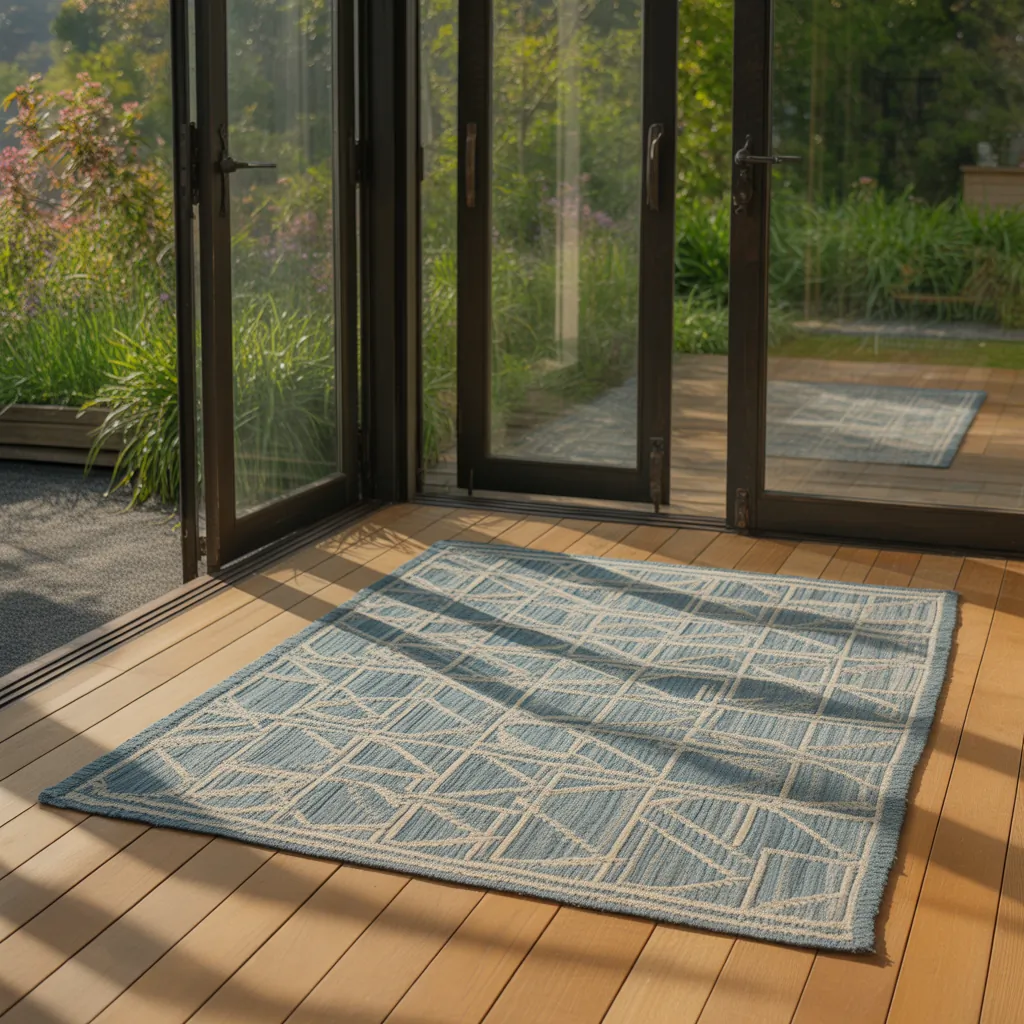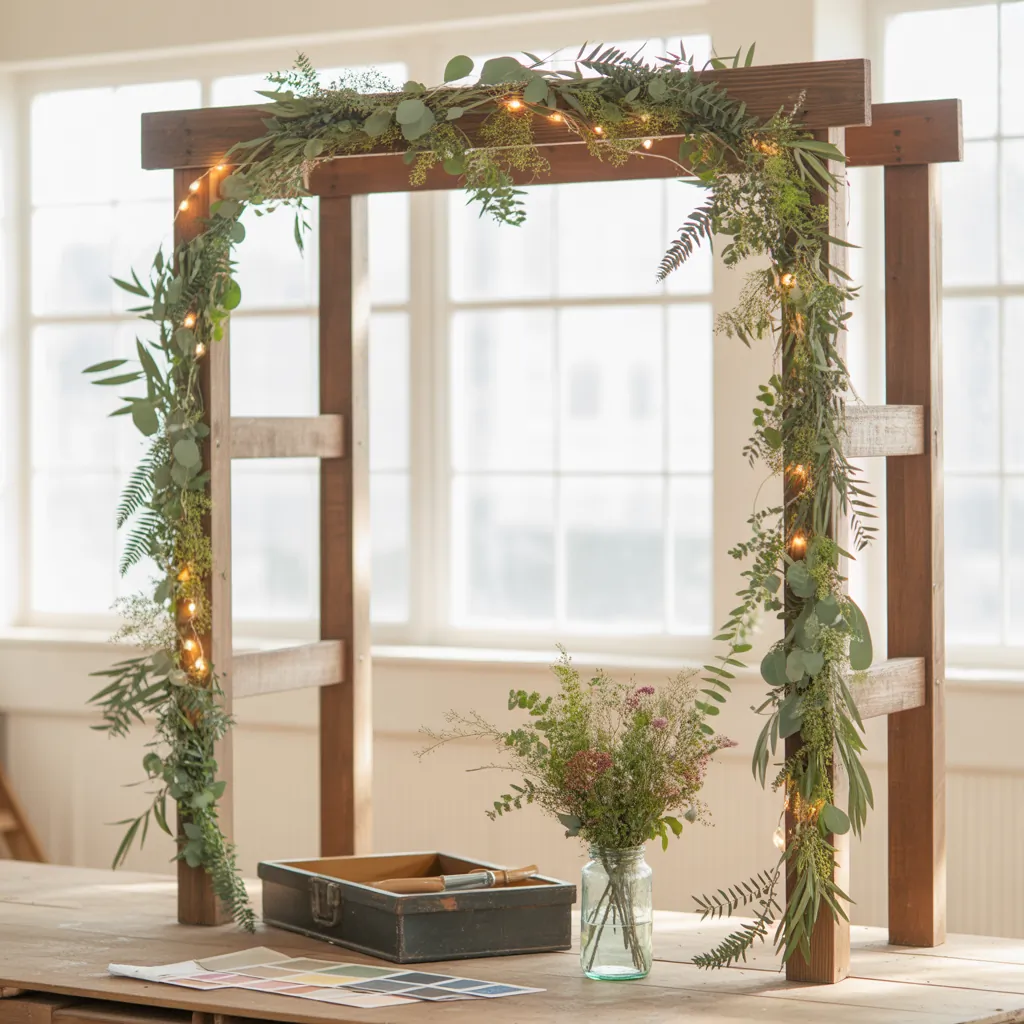Ever stood in your chilly three-season room and imagined cozy mornings with coffee but cringed at the cracked tile or soggy carpet? You’re not alone. Many homeowners face the same home improvement dilemma: how to pick durable, weather-resistant, and attractive flooring for a space that sits between indoors and out. Whether you plan DIY weekend projects or want professional-level results on a budget, these 3 season room flooring ideas will help you choose, install, and maintain floors that look great year after year.
Why flooring choice matters in a 3-season room
Three-season rooms—screened porches, sunrooms, and covered patios—experience more temperature swings, sun exposure, and humidity than a typical interior room. The best flooring for a 3 season room balances durability with comfort, resists moisture and UV damage, and complements the room’s design. Consider these performance factors before picking a material:
- Resistance to moisture and freeze-thaw cycles
- UV and color fade resistance
- Slip resistance when wet
- Thermal comfort under bare feet
- Ease of DIY installation and maintenance
Best 3 season room flooring ideas
Below are practical, style-forward options for every budget—from easy weekend installs to more permanent upgrades.
1. Luxury Vinyl Plank (LVP) — The top DIY pick
LVP is waterproof, resists fading, and comes in click-lock planks for quick floating-floor installation. It mimics wood or stone without the maintenance headaches of real hardwood in a semi-outdoor setting.
- Pros: Waterproof, affordable, easy to install, many styles
- Cons: Can feel thin on older subfloors; choose an exterior-grade product for high sun exposure
2. Porcelain or Ceramic Tile — Durable and stylish
Tile is ideal for screened porches and sunrooms because it’s water-resistant, easy to clean, and handles temperature swings well. Porcelain especially is less porous and better for freeze-thaw conditions.
- Pros: Extremely durable, wide design options, great for high-traffic areas
- Cons: Requires skill or professional help for grout and waterproofing; can be cold underfoot
3. Interlocking Outdoor Tiles — Fast, removable, versatile
Made from PVC or composite materials, interlocking tiles snap together and float over a deck or concrete slab. They’re perfect if you want a quick transformation or a reversible upgrade.
4. Outdoor Carpet and Rugs — Cozy and budget-friendly
Outdoor carpeting and all-weather rugs create a soft, inviting surface that drains and dries quickly. Great for screened porches where you want a living-room vibe.
5. Composite Decking or Engineered Wood — Natural look, improved durability
Composite boards give the warmth of wood without rot and heavy maintenance. Engineered wood with proper sealing can work in covered sunrooms that don’t face direct water exposure.
6. Cork or Sealed Concrete — Unique, sustainable options
Cork provides insulating and soft underfoot feel; it requires a good sealant against moisture. Sealed and stained concrete can be polished for a modern, low-maintenance floor that handles wet conditions well.
How to choose the best flooring for your space
Match the right material to your climate, usage, and style goals with this quick decision guide:
- Assess exposure: Will the room get direct sun, rain or snow intrusion?
- Decide on DIY vs pro: Click-lock LVP and interlocking tiles are beginner-friendly; tile and sealed concrete often need pros.
- Consider comfort: Add area rugs or underlayment if the floor will feel too cold.
- Budget planning: Include materials, underlayment, tools, and possible professional labor in your estimate.
Step-by-step DIY installation tips
Here’s a straightforward approach for a typical DIY LVP or interlocking tile project—the most popular choices for easy 3 season room flooring installation:
- Prepare the subfloor: Clean, level, and repair any rot or soft spots. For wood decks, ensure boards are structurally sound.
- Acclimate materials: Let vinyl planks sit in the room for 48 hours so they stabilize to local temperature and humidity.
- Lay the underlayment: Use a moisture barrier or foam underlayment recommended by the manufacturer for comfort and sound reduction.
- Plan the layout: Dry-lay a row to minimize narrow strips at walls. Mark a starting line centered in the room.
- Click, lock, or glue: Follow product instructions. For interlocking tiles, snap pieces together; for LVP, click-lock edges then trim planks with a utility knife or saw.
- Allow expansion gaps: Leave recommended clearance at walls for expansion (typically 1/4″–1/2″).
- Finish with trim: Install baseboards or quarter-round molding to cover gaps and give a clean look.
Design inspiration and styling tips
Match your flooring to the mood you want to create:
- For a coastal screened porch, choose weathered gray LVP planks and layer with blue striped outdoor rugs.
- For rustic charm, go with wood-look porcelain tile and add a braided jute rug.
- For modern minimalism, polished stained concrete or large-format porcelain slabs keep lines clean.
Maintenance and longevity tips
Keep your 3-season room floors looking great:
- Sweep regularly and use a damp mop with manufacturer-approved cleaners.
- Reseal grout or concrete every few years to prevent stains and water penetration.
- Replace rugs seasonally if mildew is a concern; dry thoroughly.
- Use UV-resistant finishes or window treatments for rooms with strong sun exposure.
Frequently Asked Questions
What is the best flooring for a 3 season room that sees occasional moisture?
Waterproof options like luxury vinyl plank (LVP), porcelain tile, or interlocking PVC tiles are top choices. They resist water damage and require minimal maintenance—ideal for spaces prone to dampness or deck runoff.
Can I install flooring in a 3-season room myself?
Yes. Many homeowners successfully install click-lock LVP or interlocking tiles as a DIY project. More permanent installations like porcelain tile or sealed concrete often require professional tools and skills—plan accordingly.
How do I keep floors warm in a 3-season room?
Use insulated underlayment, area rugs, or radiant heating systems under tile or concrete for added warmth. Engineered wood or cork also provides more thermal comfort than tile, but seal well to protect against moisture.
Conclusion — Ready to transform your space?
Choosing the right flooring for your sunroom, screened porch, or three-season room makes the difference between a neglected space and your new favorite hangout. From easy DIY-friendly luxury vinyl plank to durable porcelain tile and quick-install interlocking tiles, there’s an option to match your style, budget, and skill level. Start by assessing exposure and traffic, then pick a weather-resistant material and follow the step-by-step installation tips above.
Want project ideas tailored to your home? Explore our DIY projects and home design ideas pages for templates and inspiration. If you’re also updating indoor spaces, check our kitchen upgrades guide for flooring continuity tips.
Call to action: Pick one of these 3 season room flooring ideas and try a small test area this weekend—then share your before-and-after photos or questions in the comments. Need help choosing materials or tools? Ask away and I’ll walk you through it.



